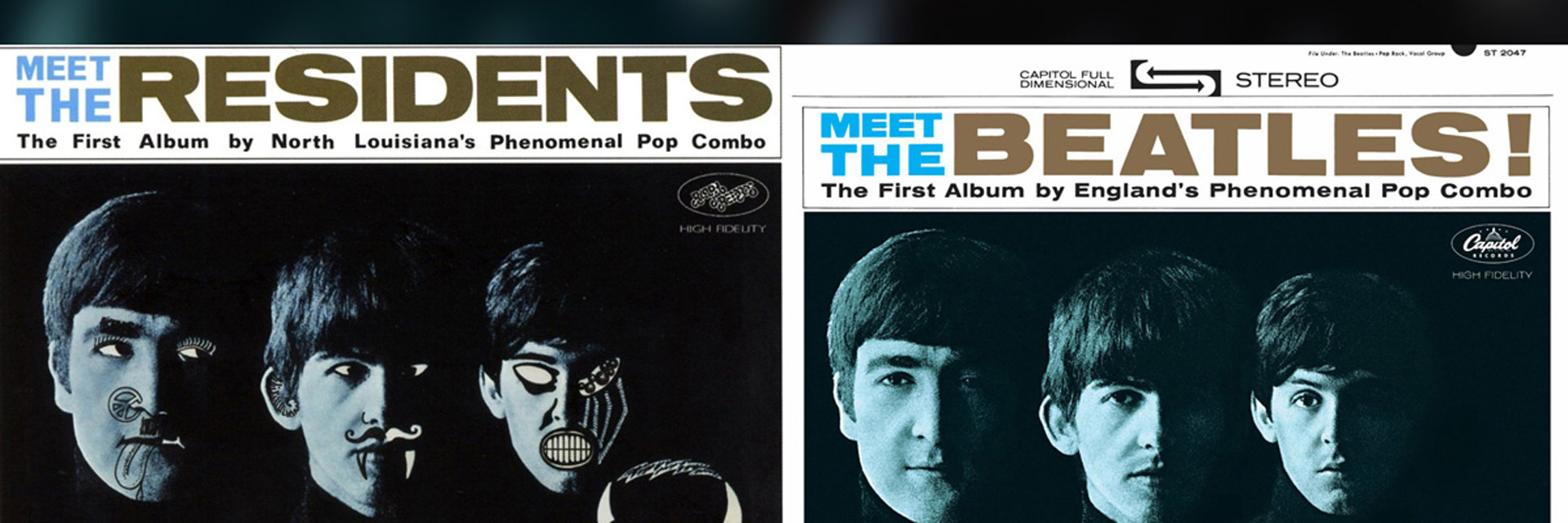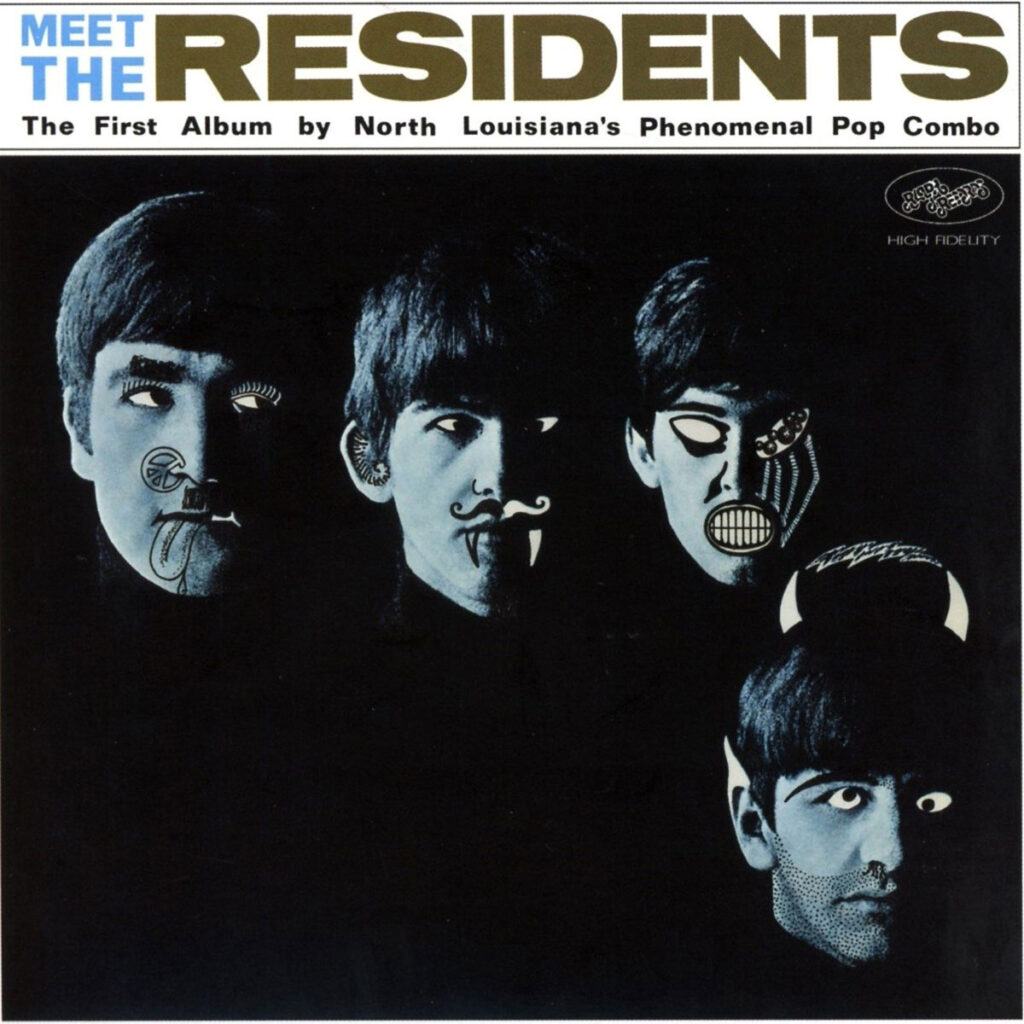Four young men in their early twenties who called themselves “The Beatles” conquered the United Kingdom in 1963. They had the year’s number-one album, the number-one EP, and three number-one singles. They performed concerts almost daily, appeared constantly on radio and television, and even went on their first international tour (to Sweden). But the American branch of their record label said: We’re not interested! And in fact, the first Beatles singles released in the U.S. had flopped.
Then, at the end of 1963, their second UK album (With The Beatles) was released, followed shortly by their fifth single, I Want To Hold Your Hand. At that point, Capitol Records in the U.S. finally gave in. They took With The Beatles, repackaged it as the official American debut album, retitled it Meet The Beatles, and rearranged it a bit. The new single went first, followed by the B-sides (U.S. and U.K. versions), and only then came the rest of the tracks from the British album. However, they left out five of the cover versions – probably thinking the American originals were much stronger.
Yes, back then the Beatles were still recording cover songs – like Roll Over Beethoven or Please Mr. Postman. The reason was simple: in Britain, the music industry expected a band to release two LPs per year, each with 14 tracks. Even Lennon and McCartney’s creativity couldn’t keep up with that pace. In the U.S., albums typically had only 12 songs, so Capitol just cut five, added three, and voilà – “The First Album by England’s Phenomenal Pop Combo,” as the American sleeve announced. The only catch: Meet The Beatles wasn’t actually their first U.S. album. Just ten days earlier, their UK debut Please Please Me had finally been released stateside as well. A small jazz and blues label, Vee-Jay Records, had secured the licensing rights after Capitol initially passed on it. So when Meet The Beatles took off, Vee-Jay’s Please Please Me also began raking in money.
For the cover of Meet The Beatles, the Americans simply reused the photo from With The Beatles – with a bluish tint added. The shot was taken by London photographer Robert Freeman (1936–2019). He had originally approached the band with a portfolio of black-and-white jazz portraits – John Coltrane, Cannonball Adderley, Dizzy Gillespie. The Beatles were intrigued but had their own ideas: they wanted serious expressions, faces half in shadow. Paul McCartney recalled: “He posed us in a hotel corridor. The corridor itself was very dark, but there was a window at the far end. By using that strong source of natural light, he got this very moody picture.” Because the LP cover was square, one of the four heads had to be shifted down, and Freeman chose Ringo Starr – “because he was the last to join the band, and besides, he was the shortest.” Freeman would remain the Beatles’ go-to photographer for several years.
Every track on Meet The Beatles – including major radio hits like I Want To Hold Your Hand and All My Loving – was later covered by countless other bands. Freeman’s cover photo, too, has been imitated many times. One of the first such “cover versions” of the cover appeared in 1974 with Meet The Residents, the debut album of an avant-garde art rock collective from San Francisco. For their sleeve, they simply defaced the Beatles’ heads with little drawings – twisted eyes, vampire fangs, bat ears. At first glance it looked downright spooky, almost zombie-like. (Even the back cover of the record was modeled after the Beatles’ album.) The Residents didn’t just use their own faces because they wanted to stay anonymous. When they first sent a demo to a record company, they gave no names, only a return address. The rejection letter was addressed to “the residents” of that address – and that’s how the band got its name. Not until 2017 did one of them finally reveal his identity: Hardy Fox (1945–2018). The others are said to have originally been his high school friends in Shreveport, Louisiana.
The Residents were never really a band and never played live. They were more of an art collective – or perhaps a loose creative workshop circle. What you hear on their debut record are pure tape experiments: collages of borrowed and manipulated recordings, rhythmic noise, operatic or cartoonish vocals, and contributions on various (not always identifiable) instruments. An early, pre-digital, surrealist form of sampling. The tracks on Meet The Residents weren’t even originally meant to be an album; they were more like a way of unwinding during the demanding work on a film project.
Film, photography, painting, and so on were all part of the group’s creative field. Musically, they were probably influenced by people like Frank Zappa and Captain Beefheart. But the Residents’ experimental avant-gardism went far beyond anything known at the time. In its first year, the debut is said to have sold barely 40 copies. Later, however, the Residents became a cult phenomenon. To date, they have released nearly 100 different records.
The Beatles: Meet The Beatles (Capitol, 1964)
The Residents: Meet The Residents (Ralph, 1974)



